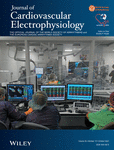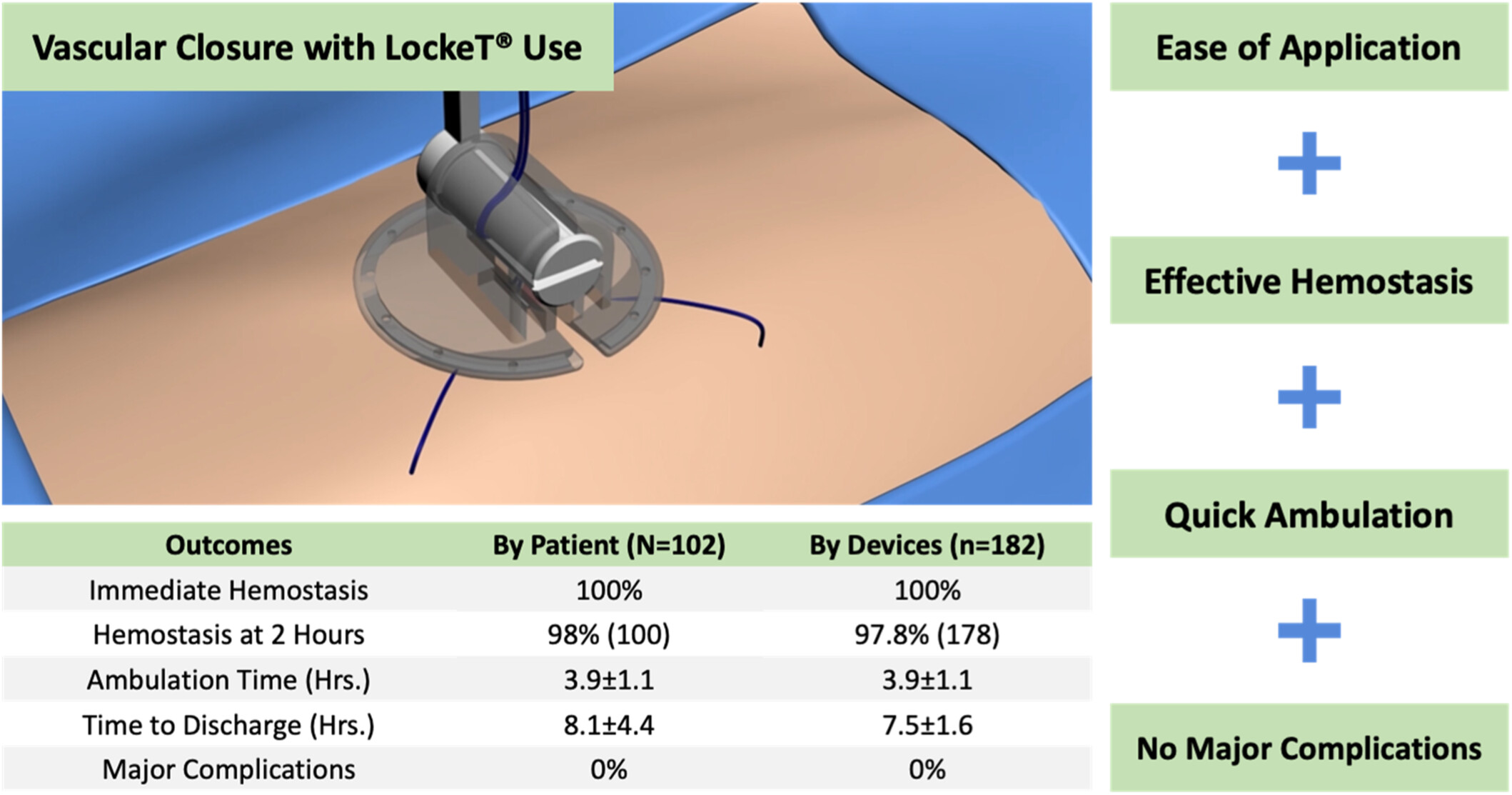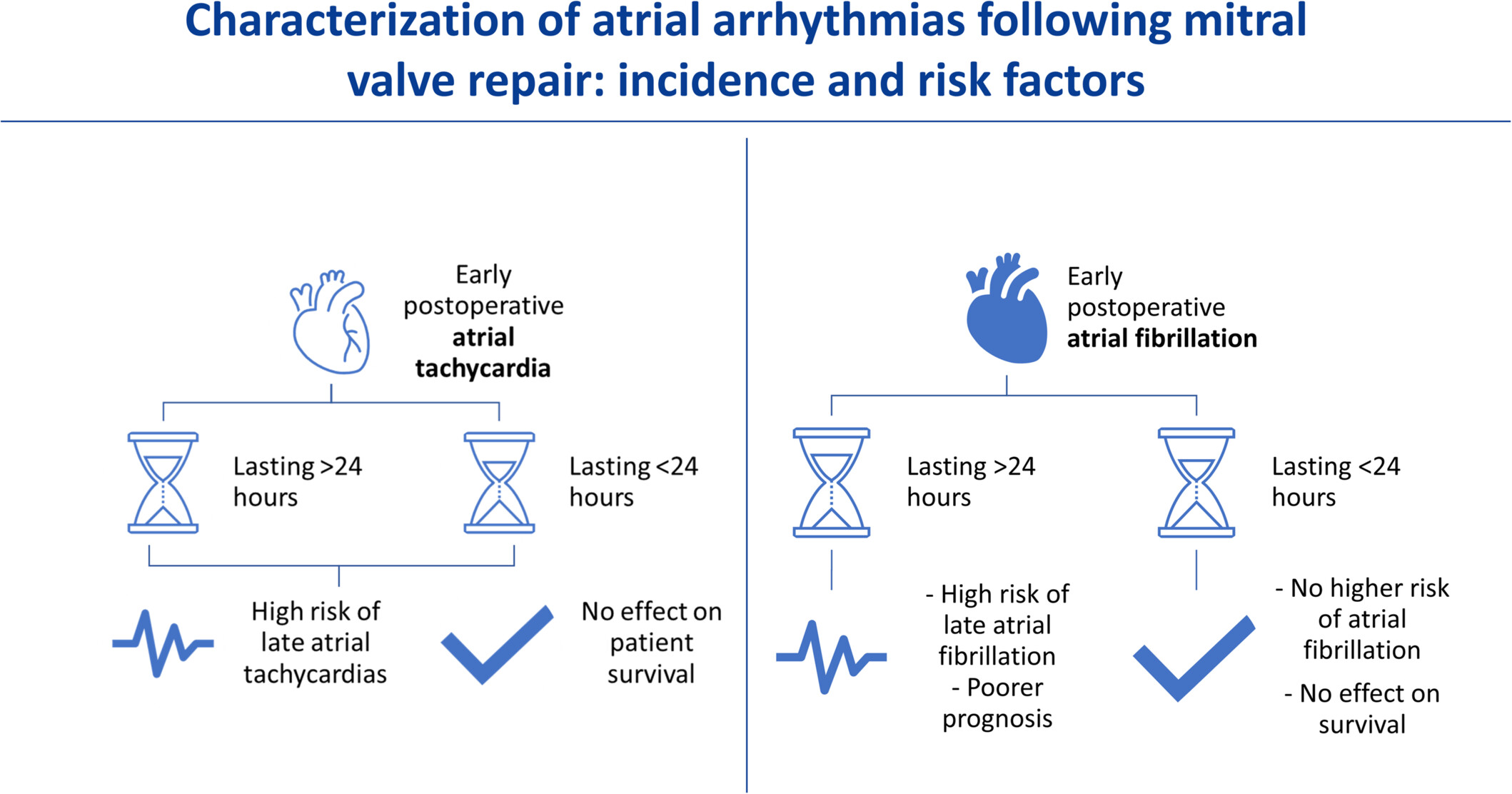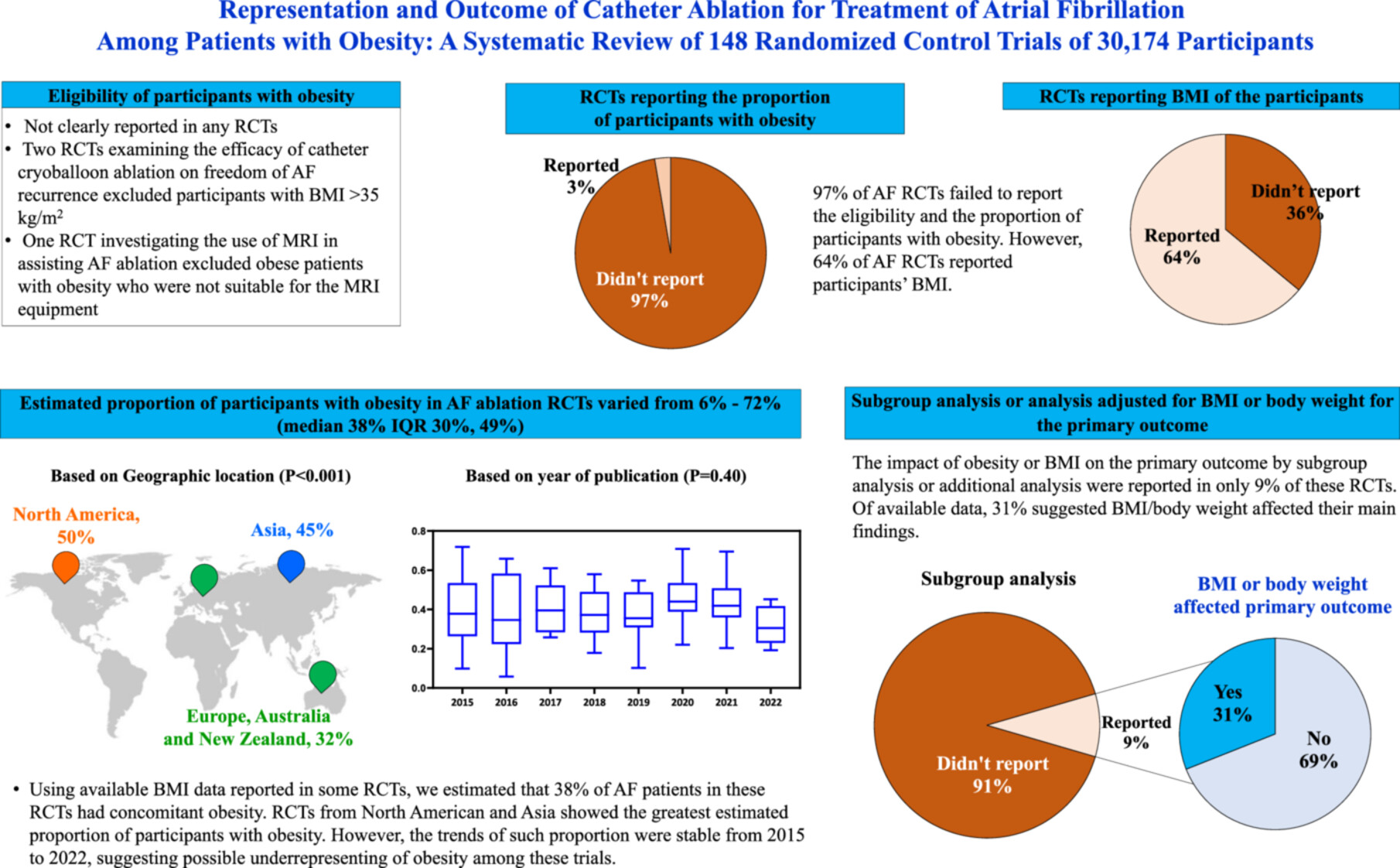Journal list menu
Export Citations
Download PDFs
ISSUE INFORMATION
ORIGINAL ARTICLE
Transseptal approach versus retrograde aortic approach in mapping and ablation of ventricular arrhythmias from anterolateral papillary muscles
- Pages: 1913-1920
- First Published: 29 July 2024
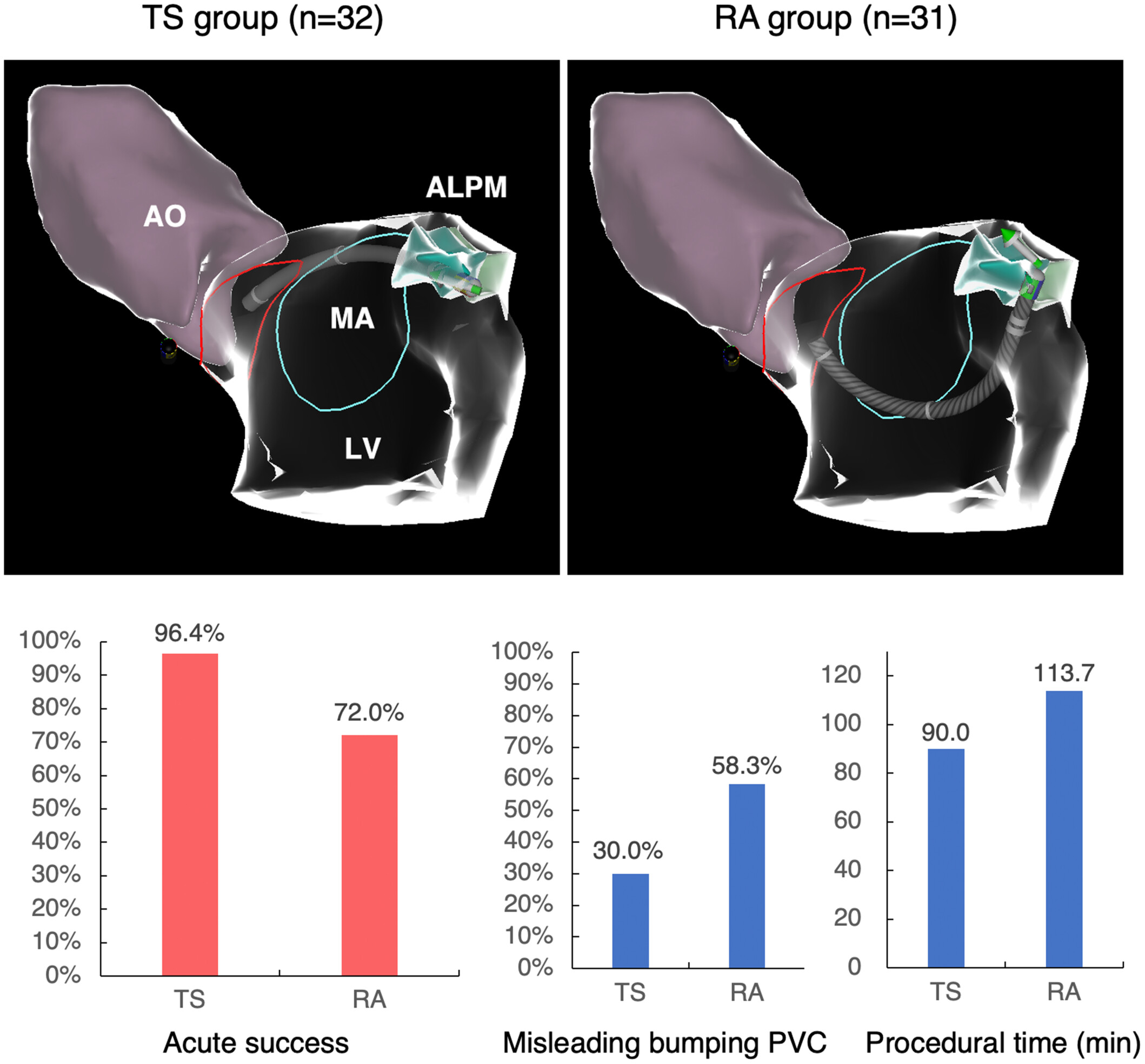
Comparation of TS and RA approach in ALPM-VA ablation. Via the RA approach the catheter must contact the ALPM with a sharp angle, whereas the TS approach reaches it in parallel with less likelihood of causing bumping, with improved acute success and less need to cross over to a RA approach. TS=transteptal; RA=retrograde aortic; AO=aorta; ALPM=anterior lateral papillary muscle; MA=mitral annulus; LV=left ventricle.
Sex differences in long-term outcomes following transvenous lead extraction
- Pages: 1921-1928
- First Published: 29 July 2024
Impact of frailty in hospitalized patients undergoing catheter ablation for atrial fibrillation
- Pages: 1929-1938
- First Published: 29 July 2024
EDITORIAL
Catheter ablation of atrial fibrillation for frail patients
- Pages: 1939-1940
- First Published: 13 August 2024
ORIGINAL ARTICLE
Clinical presentation and genetic characterization of early-onset atrial fibrillation in patients affected by long QT syndrome: A single-center experience
- Pages: 1941-1951
- First Published: 31 July 2024
Feasibility, safety, and efficacy of a novel external compression vascular closure device: The LockeT® study
- Pages: 1952-1959
- First Published: 04 August 2024
EDITORIAL
ORIGINAL ARTICLE
Lesion characteristics using high-frequency low-tidal volume ventilation versus standard ventilation during ablation of paroxysmal atrial fibrillation
- Pages: 1962-1971
- First Published: 07 August 2024
Characterization of atrial arrhythmias following mitral valve repair: Incidence and risk factors
- Pages: 1972-1980
- First Published: 08 August 2024
Removal of leads broken during extraction: A comparison of different approaches and tools
- Pages: 1981-1996
- First Published: 11 August 2024
Distance-dependent neuromodulation effect during thermal ablation for atrial fibrillation
- Pages: 1997-2005
- First Published: 12 August 2024
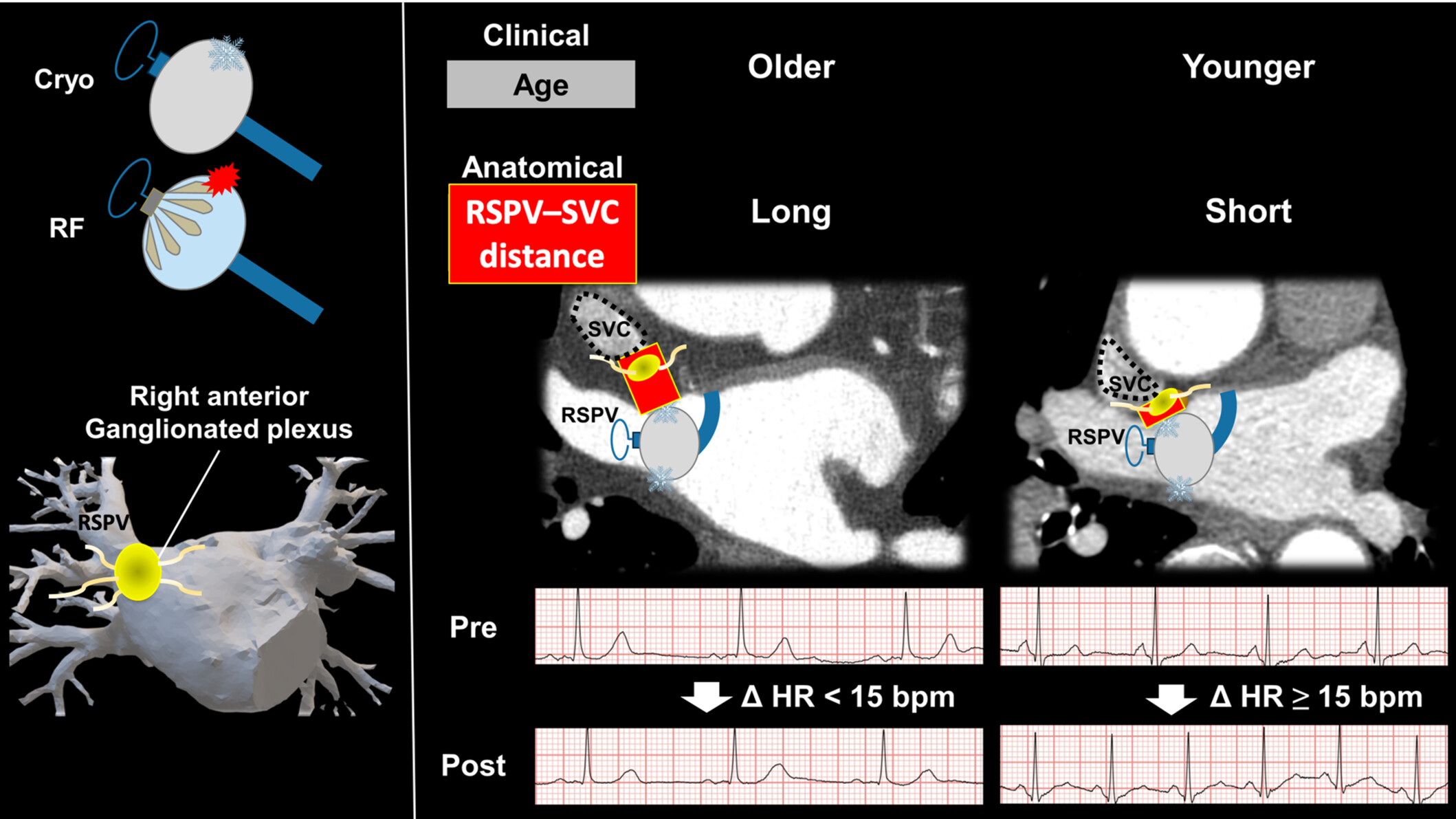
Predictors of cardiac neuromodulation during thermal balloon-based ablation for atrial fibrillation. Left panel shows an illustration of the two thermal balloon-based ablation catheters used and the location of the right anterior ganglionated plexus (RAGP) in relation to the left atrium. Right panel presents the independent predictors found for significant heart rate (HR) increase and illustrative examples of the anatomic variable on axial computed tomography images placed at the level of the right superior pulmonary vein (RSPV) with visualization of the balloon catheter and RAGP. The distance between RSPV and superior vena cava (SVC) is illustrated with the red boxes. CB, cryoballoon; HR, heart rate; RF, radiofrequency; RSPV, right superior pulmonary vein; SVC, superior vena cava.
Representation of obesity in contemporary atrial fibrillation ablation randomized controlled trials
- Pages: 2006-2016
- First Published: 13 August 2024
Automatic identification of ablation targets in persistent atrial fibrillation: Initial experience with a new mapping tool
- Pages: 2017-2028
- First Published: 19 August 2024
Outcomes of hybrid surgical ablation and concomitant left atrial appendage exclusion in long-standing persistent atrial fibrillation
- Pages: 2029-2038
- First Published: 21 August 2024
INVITED REVIEW
Convergent ablation for persistent atrial fibrillation: A UK multicentre perspective
- Pages: 2039-2052
- First Published: 13 August 2024
EDITORIAL
Global electrophysiology: Hybrid convergent ablation for persistent atrial fibrillation
- Pages: 2053-2055
- First Published: 26 August 2024
BRIEF COMMUNICATION
Incidence and economics of transvenous ICD lead complications: Implications for tricuspid valve function and interventions
- Pages: 2056-2057
- First Published: 30 July 2024
Medicare-mandated shared decision making for left atrial appendage closure in clinical practice
- Pages: 2058-2061
- First Published: 09 August 2024
EDITORIAL
EP ROUNDS
Regularly irregular tachycardia: What is the mechanism?
- Pages: 2064-2066
- First Published: 30 July 2024
CASE REPORT
All the king's men (and women): Fluoro-less leadless pacemaker implant in a severely obese patient
- Pages: 2067-2070
- First Published: 12 August 2024
Electroporation saves the day again: Pulsed-field ablation for phrenic nerve-sparing in right atrial tachycardia
- Pages: 2071-2075
- First Published: 13 August 2024
Cardioneuroablation can be an effective strategy to treat glossopharyngeal neuralgia-related sinus bradycardia and pauses
- Pages: 2076-2080
- First Published: 19 August 2024
Induction of ventricular fibrillation during programmed ventricular stimulation in a patient with CASQ2 heterozygous mutation
- Pages: 2081-2083
- First Published: 20 August 2024
LETTER TO THE EDITOR
Detailed mechanism of pulmonary vein reconnection after pulmonary vein isolation for atrial fibrillation
- Page: 2084
- First Published: 15 July 2024
REPLY
Pulmonary vein reconnection and repeat ablation characteristics following cryoballoon- compared to radiofrequency-based pulmonary vein isolation
- Page: 2085
- First Published: 06 August 2024
LETTER TO THE EDITOR
The clinical and economic impact of extended battery longevity of a substernal extravascular implantable cardioverter defibrillator
- Pages: 2086-2087
- First Published: 18 July 2024
REPLY
Response to letter to the editor concerning the article “The clinical and economic impact of extended battery longevity of a substernal extravascular implantable cardioverter defibrillator”
- Pages: 2088-2089
- First Published: 31 July 2024
LETTER TO THE EDITOR
Detailed mechanism of SGLT2 inhibitor therapy on preventing arrhythmia recurrence after atrial fibrillation ablation
- Page: 2090
- First Published: 29 July 2024
REPLY
Authors' response to letter to the editor regarding relationship between sodium-glucose cotransporter two inhibitors and atrial fibrillation recurrence after pulmonary vein isolation in patients with type 2 diabetes and persistent atrial fibrillation
- Pages: 2091-2092
- First Published: 19 August 2024




